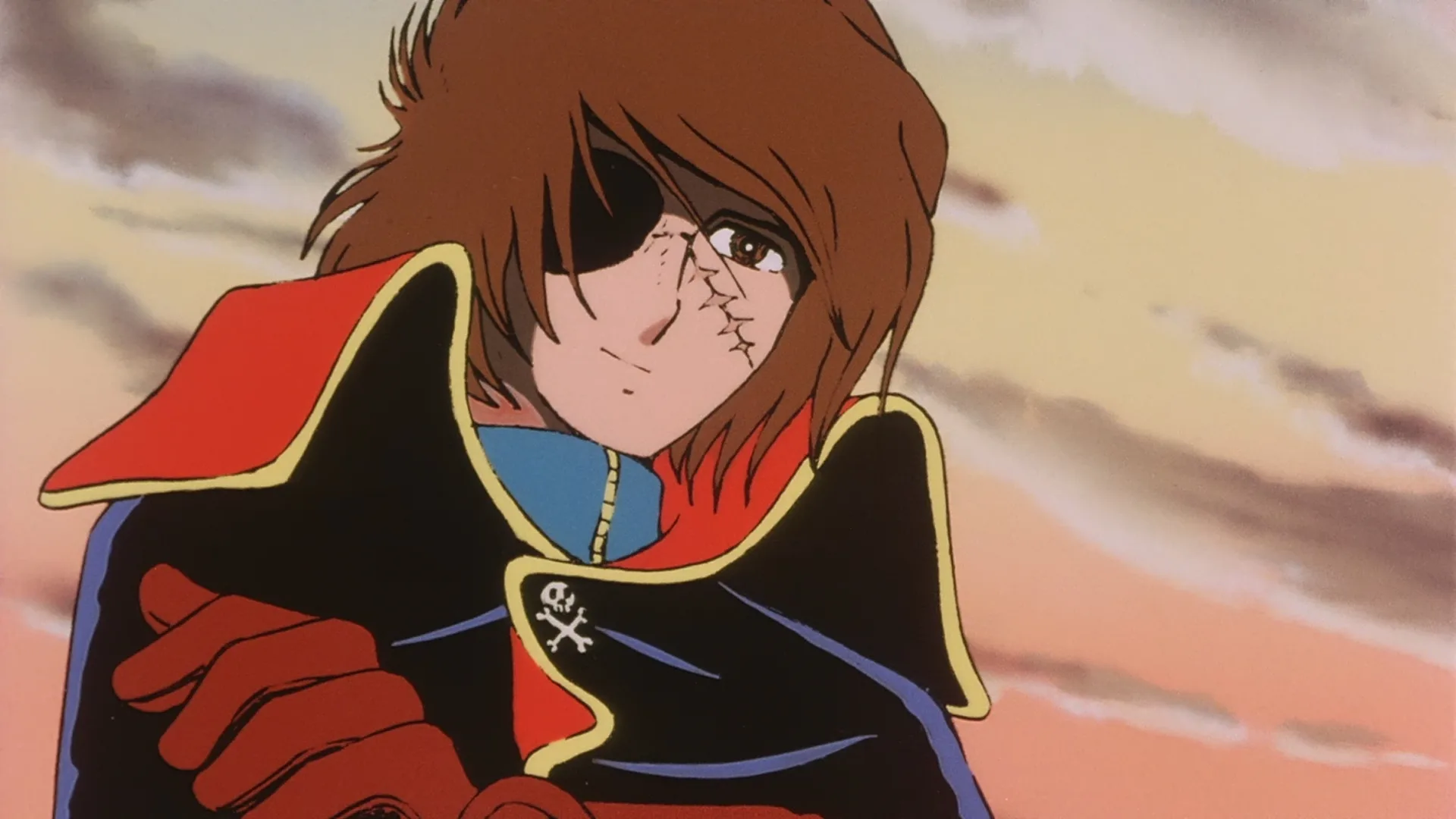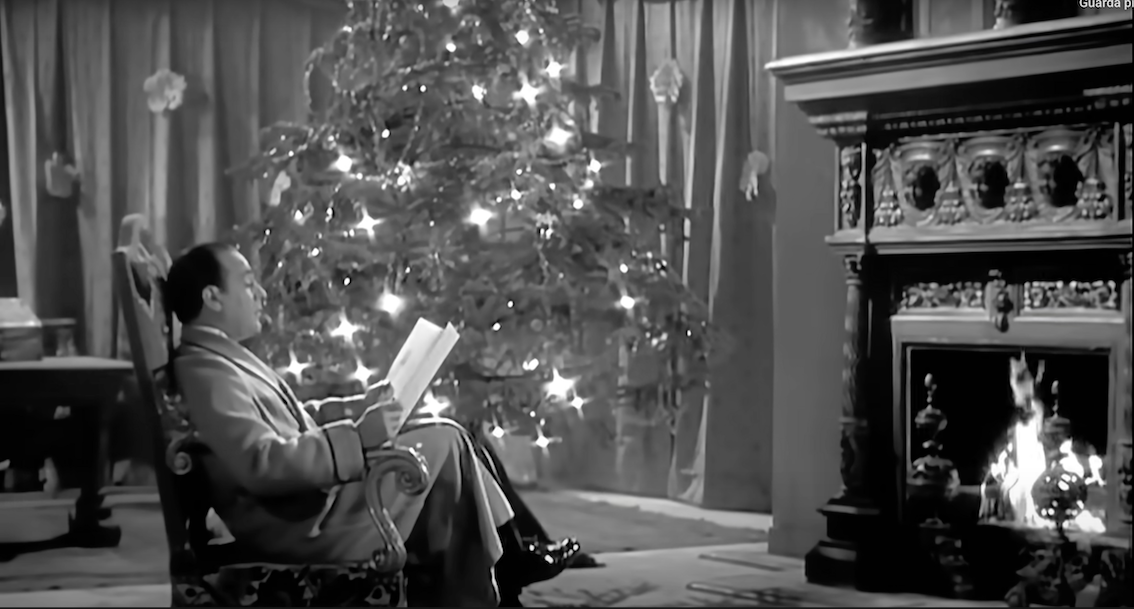A few days ago the artist Leiji Matsumoto, father of the legendary Space Pirate Captain Harlock-a favorite hero of Ocarina-but also of other famous Japanese manga, left us. Born on January 25, 1938, Matsumoto spent his childhood immersed in American cartoons, so much so that his love of video animation would accompany his work throughout his life. Through his creativity and innovation, the Japanese cartoonist and animator influenced many artists and spread important values of freedom and civic consciousness. Indeed, he was only 7 years old when at the end of World War II the tragic events of the war prompted him to imagine and illustrate stories in which humanity rejected war and instead built a world of peace. This would be the basis for the mission of Harlock, his most famous character, a romantic hero who sailed into infinite space aboard his space ship Arcadia, a rebel fighting against corruption to achieve a different and freedom-filled life.
“Captain Harlock: Space Pirate” was published in Japan by Akita Shōten from 1977 to 1979. Below is the original 1978 theme song:
But Captain Harlock is not Matsumoto’s only successful character. In 1974, Matsumoto released “Star Blazers: Space Battleship Yamato” a Japanese science fiction anime television series that was innovative both in terms of plot and animation. The series dealt for the first time with cutting-edge themes such as environmentalism, peace and tolerance, as well as introducing new technological concepts such as the”moving wave cannon” and the “space navigation.” Below is the original theme song:
Matsumoto’s space adventures do not end with Captain Harlock and Star Blazers. Also in 1977, he published Galaxy Express 999, a manga set in the distant future, starring a young orphan named Tetsuro Hoshino. The boy embarks on a journey on the intergalactic train Galaxy Express 999 bound for the planet Andromeda to obtain an immortal mechanical body to revenge the death of his mother. Below is the original theme song “Ginga Tetsudou 999” composed by Nozomi Aoki with lyrics by Koichi Ishizaka.
In 1978 Matsumoto produced the television anime series Starzinger, also known as Spaceketeers in English. The plot chronicles the adventures of three young astronauts who struggle to save their universe from the threat of the evil Gavanas Empire. With the help of their spaceship and their giant robot, the three protagonists fight against the Gavanas army in a series of epic space battles. Starzinger is one of the first series to be broadcast worldwide and gained a large following among the youth of those years. Below is the theme song:
The connection between Matsumoto, his animations, and music do not end there. In much more recent times Matsumoto collaborated with Daft Punk, themselves such great fans of the master that they declared, “At around the age of 5 years old, we would watch Captain Harlock,” they explained. “The music we have been making must have been influenced at some point by the shows we were watching when we were little kids.” The French electronic music duo commissioned Matsumoto to make videos of all the songs on the Discovery album, resulting in 14 videos that were combined to create the 2003 film Interstella 5555: The 5tory of the 5ecret 5tar 5ystem. The film was presented in the Directors’ Fortnight at the 56th Cannes Film Festival.
The songs used in the film in order are: One More Time, Aerodynamic, Digital Love, Harder, Better, Faster, Stronger, Crescendolls, Nightvision, Superheroes, High Life, Something About Us, Voyager, Veridis Quo, Short Circuit, Face To Face, and Too Long.
Here is the video for the hit One More Time:








